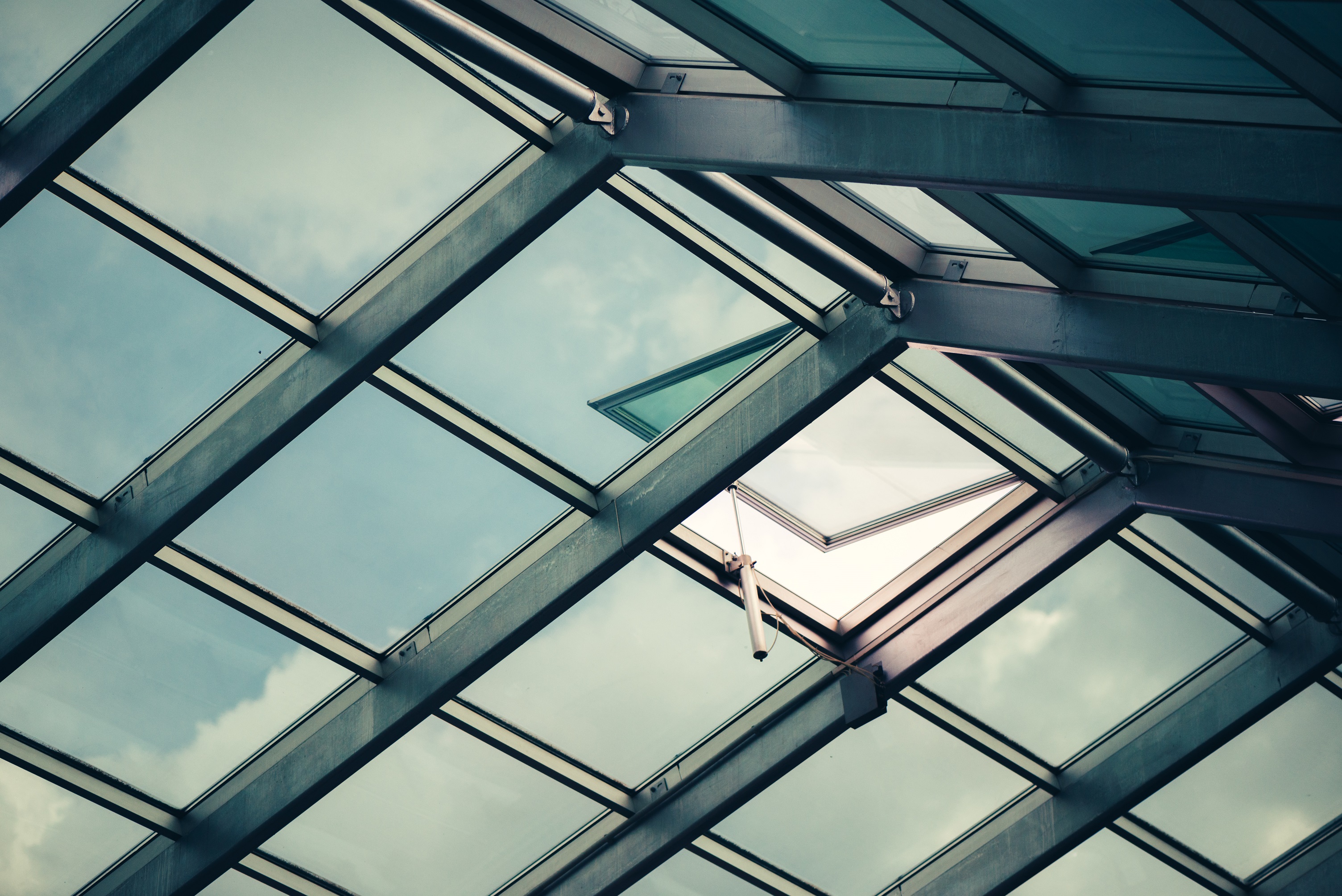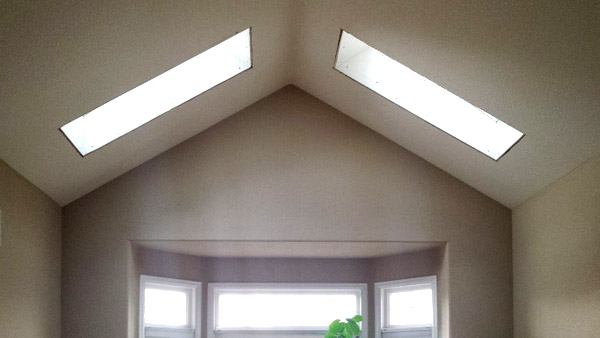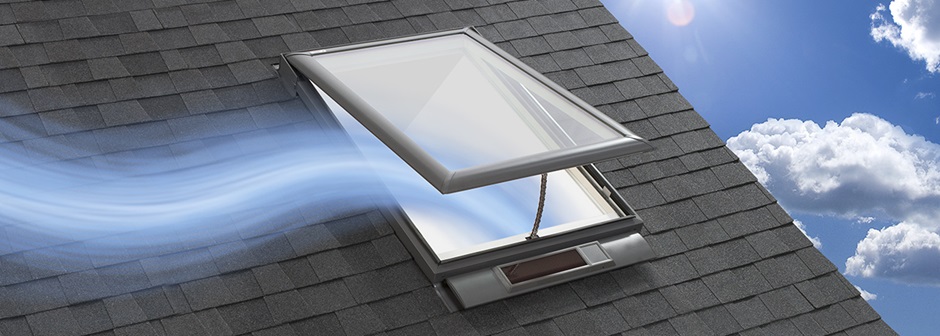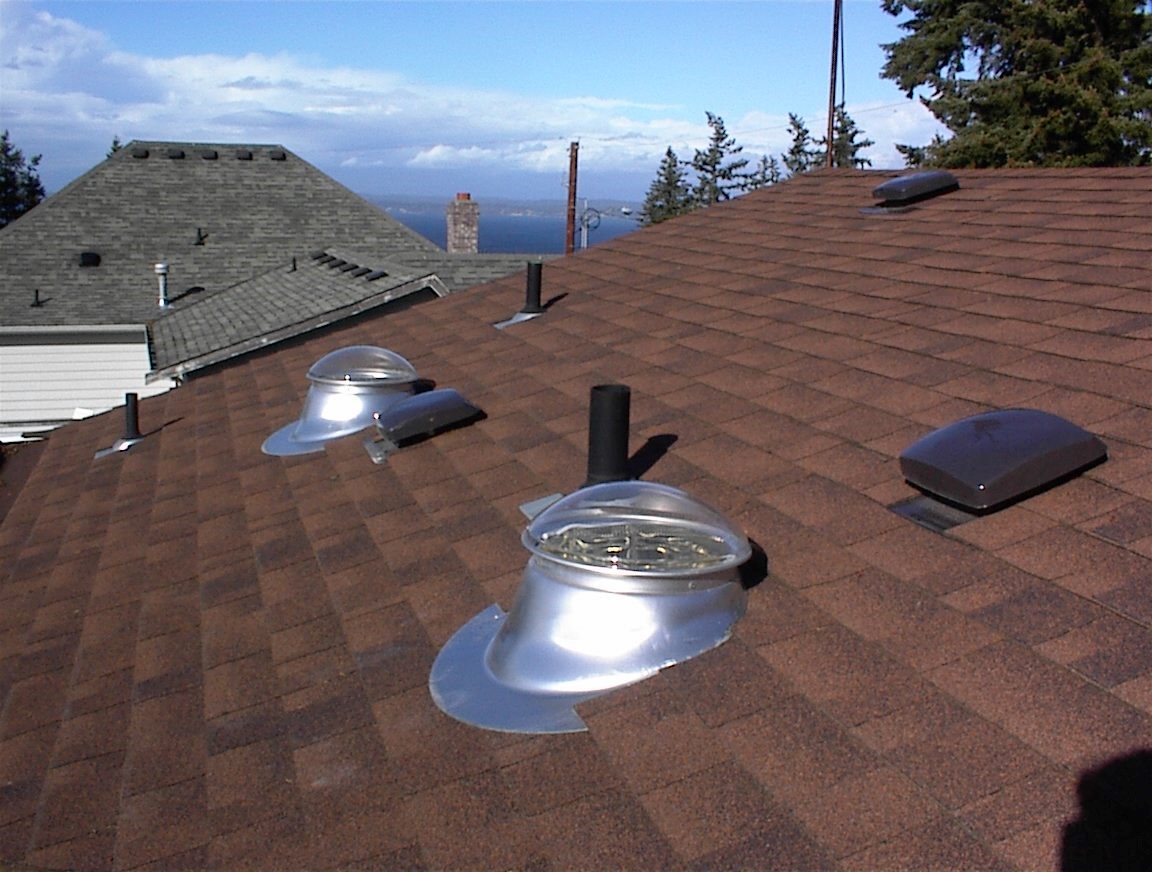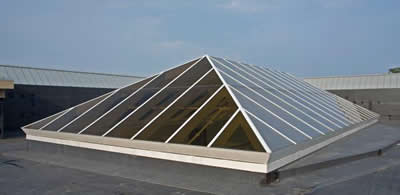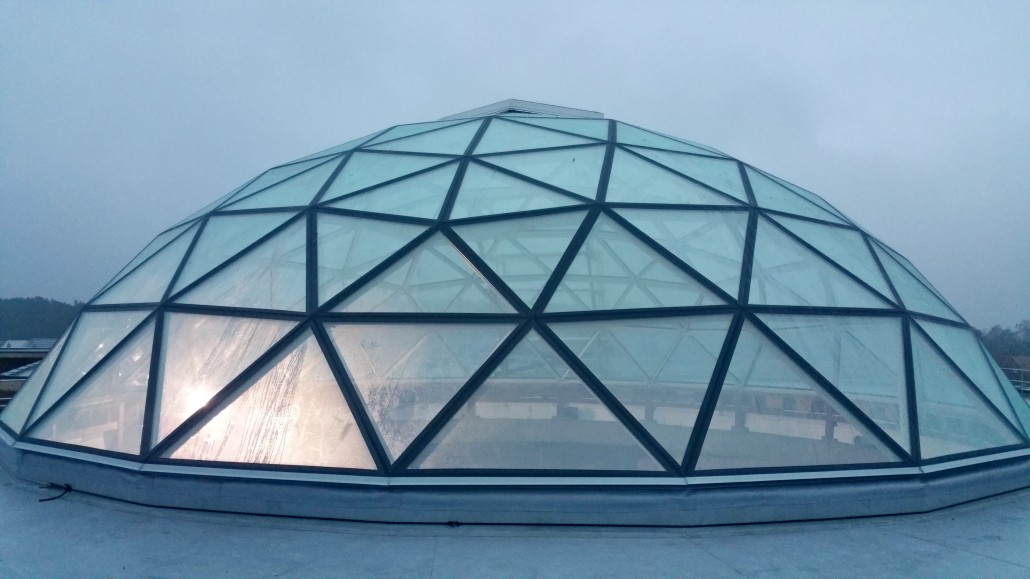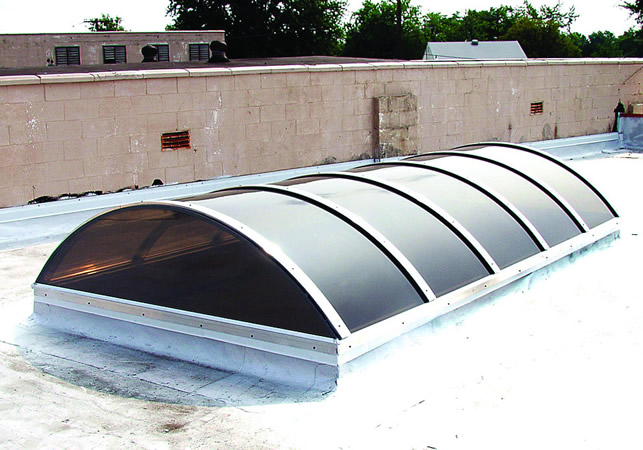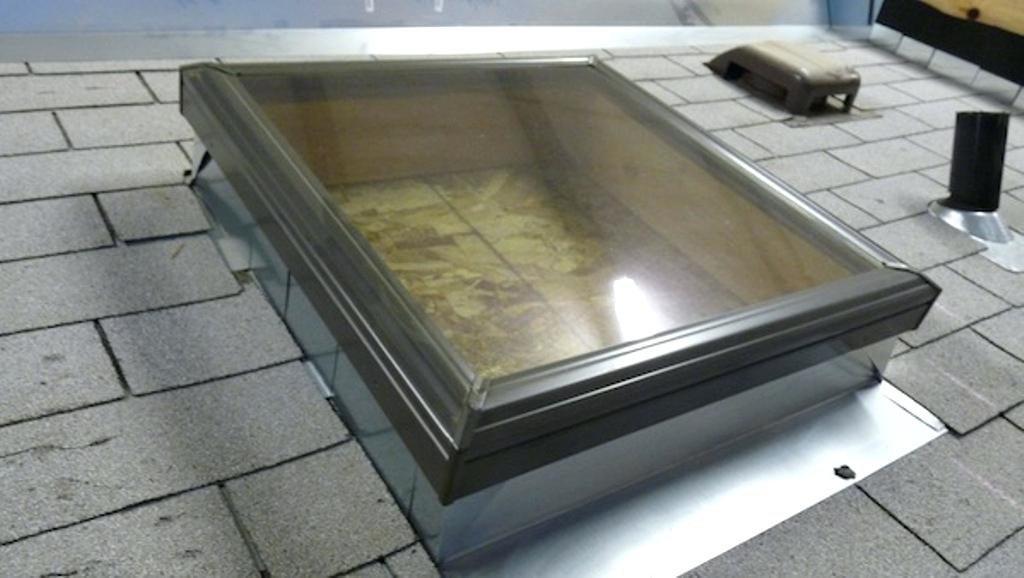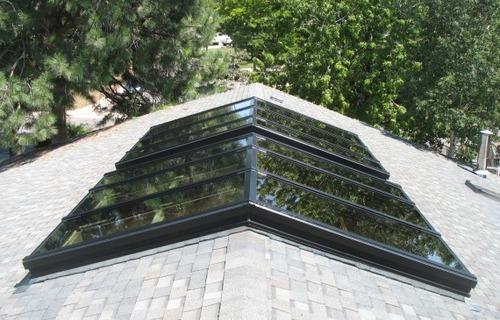Irrespective of wherever you choose to install them, a skylight can help hugely in improving energy efficiency, illuminating low-light areas, and also provide the much-needed dimension to a living space. In addition to that, all that extra lighting dropping in from the skylight can help in cutting down the lighting costs, and the amount of heat it allows in can have a substantial impact on your energy bills. This guide is a walk through the different types of skylight and ensuring you choose the right skylight for your home.
Why Skylights?
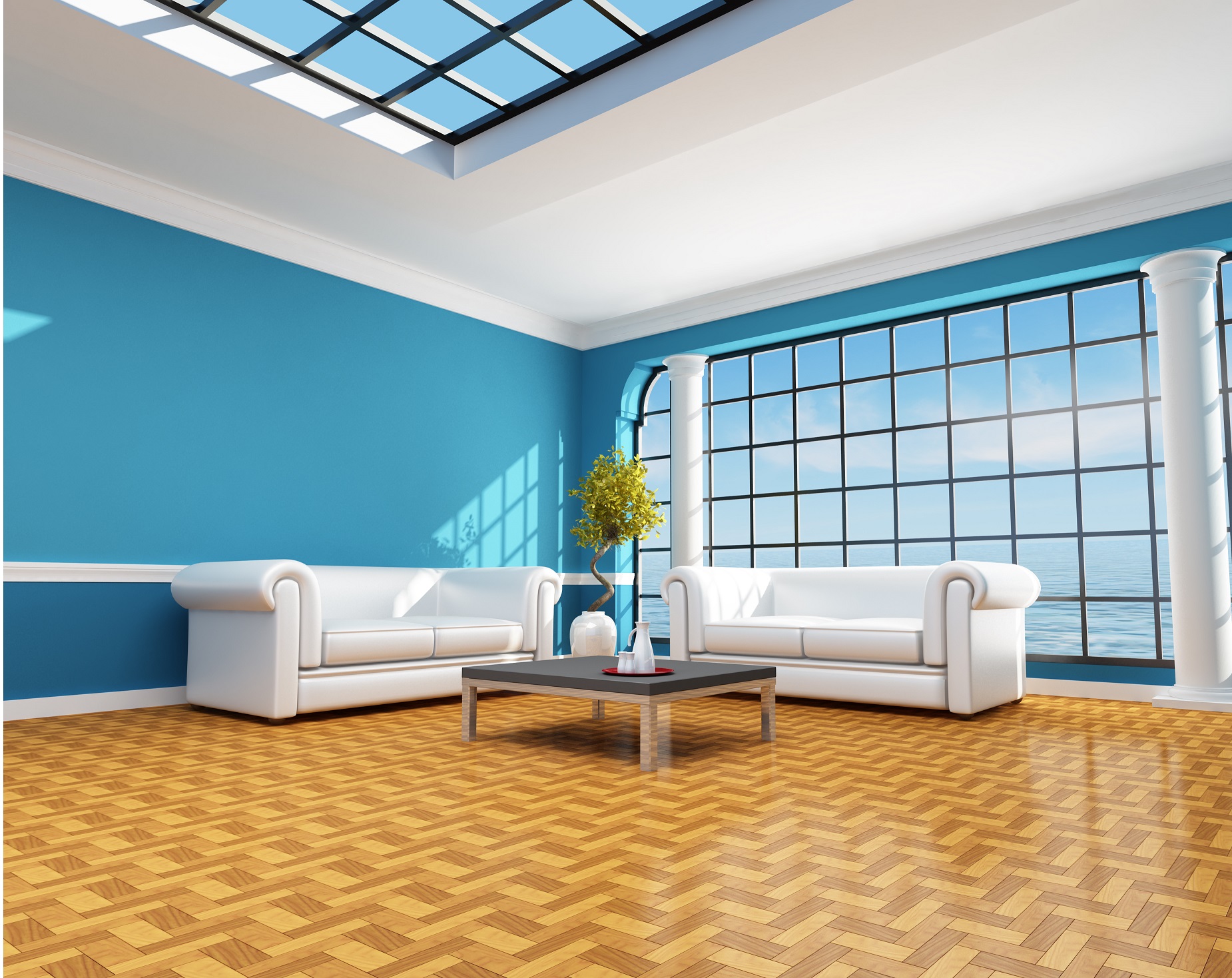

Skylights also increase the convenience of internal spaces which otherwise are dependent on supplementary artificial ventilation or lighting. They permit added flexibility in the architectural design. Also, even under grey conditions, the use of skylights ensures that the spaces are mostly lit by natural light, with very little or no extra artificial lighting
Read: Skylight – A Greener Way To Reduce Darkness In Homes
Types of Skylight – Check Out The Top 9
Skylights can be of many different types depending upon the materials used, its type of use, and the types of roof/room. The most commonly used ones are discussed below.
1. Fixed Skylight
One of the most popular types of skylight is the Fixed skylights. Just like their name indicates, these are fixed and do not open for air ventilation, basically, they are totally sealed to the roof. This type of skylight is used at low lit areas like the attics and the stairwell. Around 90 percent of the materials used in the fixed skylight is glass and the frame are made of steel, or aluminium, or timber.
2. Ventilated Skylight
In the pool of different types of skylight, this one serves multi-purposes. Ventilated skylight works as a source of ventilation of air and light. These are perfect for kitchen and bathrooms, as they also aid in removing excess moisture and keep a constant flow of fresh air in the living area. In addition to that, it also illuminates the place. Basically, a ventilated skylight is an addition of a new window onto the roof of your house.
3. Tubular Skylight
Tubular skylights are an effective product to provide natural light to both residential and commercial indoor spaces. This type of skylight consists of 3 main components:
- A roof-mounted light collector – mounted on the roof and typically consists of a parabolic lens which allows for light collection throughout the day. These lenses are set into a frame.
- A highly-reflective tube – The light collected is reflected through the tube to the interior fixture with diffuser lens.
- An interior fixture – Occasionally this interior fixture can also be supplied with a combined electrical light as a backup for cloudy days or night-time.
These are perfect option when the roof space required for fixed or ventilated skylight is not available or scarce.
4. Custom Skylight
Custom skylights open up to the sun, air and stars. These aren’t just boxes or tubes which allow natural air and light into a room but are the ones which are uniquely designed. They are beautiful, elegant windows to the sky which let in natural light, and at the same time are airtight and dry. Custom skylights are preferred when the roof condition does not allow the installation of the common type of skylight. Majorly when the visual appearance of the building needs to be improved, this skylight serves a perfect medium. These can be of any geometric shape and size and can be tailor-made as per the specific requirements.
5. Pyramid Skylight
Typically mounted on curbs on flat roofs, the pyramid skylights are available with several slopes or pitch options. These typically take a pyramid shape over a square opening and generally have 4 sides. While this type of skylight is commonly identified as a pyramid over a square opening, when the same is built over a rectangular opening it is known as hip ridge skylight. The pitch of the skylight is customarily determined by the architect’s artistic intent, structural engineering necessities, or both. The other type in this category is the Multi-sided pyramids skylights, also known as polygon skylights, these can be constructed over 6 or 8 sided openings, as well as over uneven multi-sided openings.
6. Dome Shaped Skylight
These dome-shaped skylights are made up of robust and flexible plastics. As the name suggests, the shape of this skylight is in the form of a dome which allows sunlight to evenly spread across the room. The main plus pointer for this skylight is that it illuminates the entire room even with small streams of lights. These come in two layers for protection and insulation, a thick outside layer is tainted and the inside thin layer is clear material. Dome skylights are suitable for both residential and commercial applications. These may also be used to advantage in building entrances to enhance lobbies or spotlight attractive features like murals, sculptures, planters, paintings, reflecting pools and much more.
7. Barrel Vault Skylight
This type of skylight provides a practical and economical means of bestowing daylight and spaciousness to an atrium, lobby, or the interior of a building. They are also used as entrance canopies, walkway canopies and as a cover between adjacent buildings. Here complete or more than 80% of the roof area is covered by the skylight. This type of skylight is most frequently used in non-residential buildings, mostly preferred in passageways, canopies, parking shelters, mall arcades, medical and educational institutions, and industrial complexes. These aren’t considered for residential structures as the area of the skylight is more and privacy characteristics are very less.
8. Curb-Mounted Skylights
These skylights have proven to be one of the most popular styles of skylights available in the market. They are relatively affordable and go really well in any type of room setting. Curbs are either built on-site or can be provided by the skylight manufacturer. In both cases, a curb needs to be double-walled and insulated to help retain heat in the home. These are a greater choice to avoid leaks. In addition to that these allow for more flexibility in size. Curb mounted skylights are the simplest of all skylight designs, these provide a refreshing environment without adding much stress to a building’s structure.
9. Ridge Skylight
This type of skylights is applicable to conditions where the skylight continues in the same plane as the roof pitch and the ridge of the skylight follows the line of the ridge of the roof. These can also be mounted on the curbs on flat roofs with a variety of skylight pitch options and glazed vertical ends. It can also be attached to head-to-head vertical walls at either or both ends. Ridge Skylights are an outstanding way to let a significant amount of light into the structure, much more so than a comparably sized window.
How To – Choose A Skylight
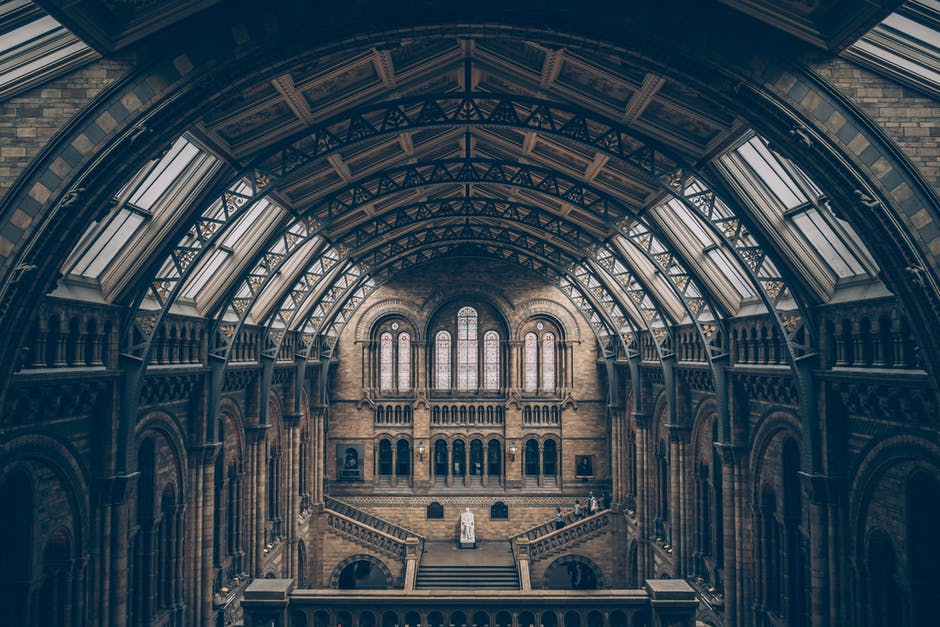

1. Aesthetic Value Vs Natural Light
Well, first thing first. Before making a pick you, need to identify your need, what is it that you expect the skylight to do for you? Basically, its function, i.e. bring in aesthetic value or bring in more natural light?
2. Positioning
We already discussed the function part, undoubtedly it is one of the most important aspects. Positioning is what comes next, clearly, natural light is a huge benefit to any home, but overexposure isn’t good. You may have to look out for overexposure to UV in the home. The positioning of your skylight will affect a few factors, size of the skylight and numbers of skylight are few examples.
3. Size + Shape Of The Room
Sometimes, the size and shape of the room can affect your choice of a skylight. An obscurely shared room and roof, for example, might demand multiple bends in the tubing to achieve optimal performance of the skylight. But, in general, for skylight one general rule applies – The larger the better.
4. Operability
Factually, all types of skylight fall into two main categories – fixed and vented. True to its name, fixed skylights are non-operable and planned only for the purpose of providing extra light. On the other hand, a vented skylight can be opened, either manually or via remote, reliant on the type of skylight unit.
In addition to the basics, remote-operable vented skylights can cost you few extra bucks as compared to its manual cousins. Also, by virtue these involve a greater number of more classy parts, making it more vulnerable to problems. Your choice will need to consider the function, positioning and cost factor.
5. Glazing
Earlier, skylights were nothing but just a single pane of glass detained within a metal frame. Currently, glazing runs the range from single- or multi-paned glass to innovative plastics, with or without insulation and coatings to control such variables as heat and UV radiation. Your choice of glazing will influence the function of the skylight, hence weigh out the options well.
6. Planning Permission
Planning permission is normally not an issue with skylights as it is normally a part of an already agreed extension or replacing an existing skylight. Also, if it’s a new addition to an existing roof then again it is not likely to need planning. But it’s always worth checking beforehand, but it is rarely a problem.
7. Cost & Installation
At first glance skylight might look expensive, a good-quality 2X4 foot skylight and flashing kit can cost nearly $150 to $500. But, installation can add another $500 to $3,000 to the overall cost. In addition to this, roof slope is another determining factor for skylight installations. Roofs which are too flat or too steep demand special installation techniques which can be added cost. Always consider the total cost of adding a skylight, its added features and accessories, warranties and guarantees and things alike which are important.
With such a great range of skylight options, we know that picking the right skylight can be problematic. Knowing what style, type, or even where to put a skylight in your home can be puzzling. With these tips choosing a skylight will surely be much easier!
Final Thoughts
Humans, like plants, thrive under natural daylight. Our body is designed to operate in line with the sun’s natural daylight schedule. Having said all that, skylights can make a noteworthy contribution to energy efficiency and comfort in any building by providing natural light.
Curated by editor at Wienerberger India
Like this story? Or have something to share? Write to us: gosmartbricks@gmail.com or connect with us on Facebook and Twitter.


